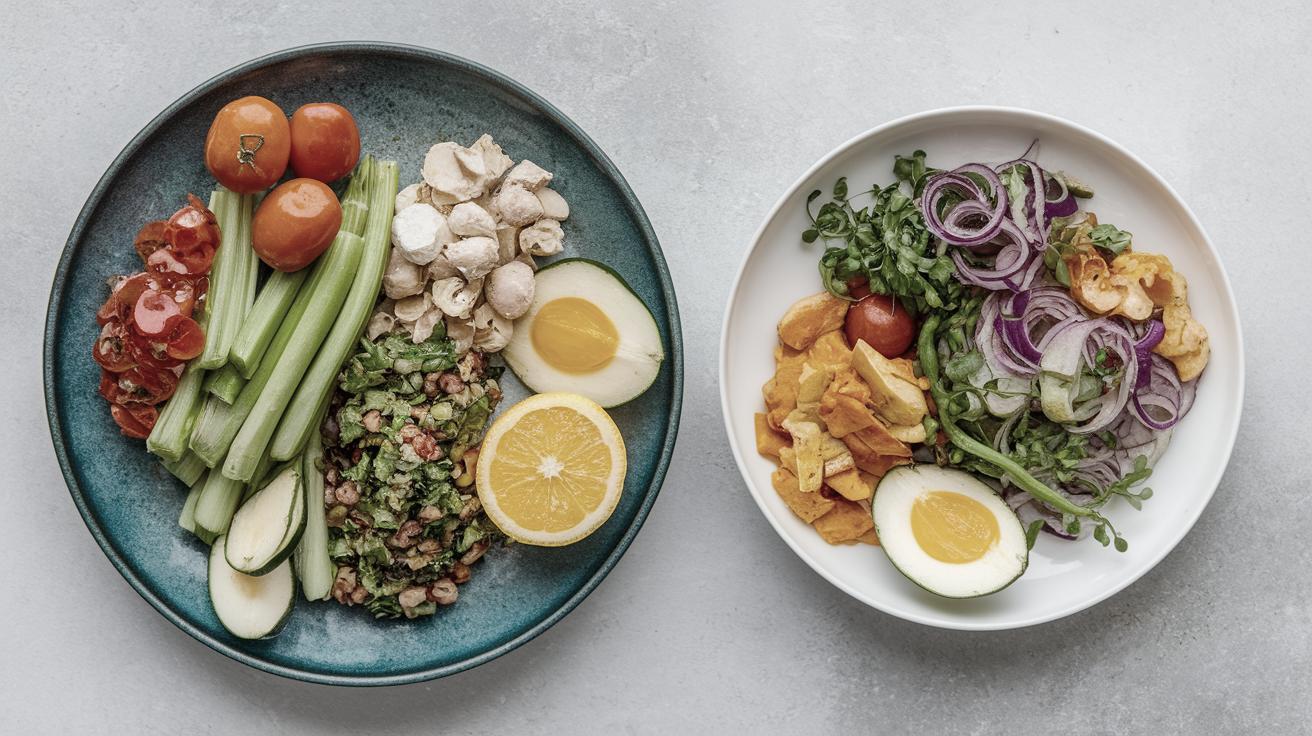Choosing the Best Ingredients for Seasonal Recipes
Crafting the perfect seasonal recipe is an art that begins with selecting the right ingredients. This article will guide you through important aspects of choosing the best components for your culinary creations. We will explore the benefits of adding fresh fruit, the advantages of using sea salt and pepper, and the reasons for steering clear of heavy sauces and processed foods. Additionally, we’ll delve into the wonders of incorporating mānuka honey into your seasonal dishes. With these insights, you’ll learn how to balance flavors, enhance nutritional value, and elevate the taste of your recipes, making them both delicious and suitable for the season.
Add Fresh Fruit
Fruits are the essence of freshness and variety in any seasonal dish. Not only do they bring vibrant colors to your plate, but they also enhance the flavors with their natural sweetness and tartness. Emphasizing fresh, local fruits ensures that you capture the peak flavors of the season. Strawberries in spring, peaches in summer, apples in autumn, and citrus fruits in winter—each season offers its unique bounty waiting to be celebrated and savored.
Incorporating fresh fruit in your recipes can boost the nutritional profile as well. Rich in vitamins, antioxidants, and fiber, fruits support holistic wellness, making your meal both nourishing and delightful. Try experimenting with fruit salads, smoothies, or even as a topping in savory dishes to add that unexpected zing and move away from mundane and processed additives.
Avoid Heavy Sauces
Though sauces can bring moisture and flavor, heavy, rich sauces often overshadow the core taste of main ingredients. They can be overwhelmingly greasy and caloric, detracting from the freshness and natural taste of seasonal produce. Instead, opt for light dressings or vinaigrettes that let the true essence of your ingredients shine.
Embrace simplicity by using herbal oils or citrus-based dressings as alternatives to heavy sauces. A drizzle of extra virgin olive oil mixed with lemon juice or vinegars can transform a dish without the guilt of excess calories. Sauces infused with herbs like basil, mint, or cilantro provide depth of flavor without relying on cream or butter, preserving the integrity of seasonal recipes.
Add Sea Salt and Black or White Pepper
Sea salt and pepper are the unsung heroes in accentuating the flavors of any dish. These basics, often underestimated, can enhance the taste of ingredients by playing on subtle notes of flavor and providing a nuanced contrast to sweetness or tanginess found in raw produce. Sea salt, sourced directly from nature, contains trace minerals that are not present in regular table salt, offering not just taste but added nutritional benefits too.
Black or white pepper, ground fresh, can impart a pleasant heat and complexity without overpowering other ingredients. The choice between black and white pepper allows nuanced control over the pictorial representation and taste profile of your dish—whether you want a more pronounced spice or a milder follow-up. With these foundational condiments, construct a symphony of flavors that respect both tradition and innovation in culinary practice.
Avoid Processed Foods
The very essence of seasonal recipes lies in their fresh and natural ingredients, free from the preservatives and additives that characterize processed foods. Processed ingredients can undermine the quality and taste of your meal, often serving as fillers that add unhealthy fats, extra sugars, and net-empty calories instead of genuine essentials.
Lean towards whole, unprocessed produce and raw ingredients to respect the essence of the season. Not only does this decision align with healthful eating practices, but it also supports local agriculture and reduces the carbon footprint associated with mass production and extensive logistics. Crafting meals with raw ingredients fosters creativity and innovation, resulting in authenticity and purity in each bite.
Add Mānuka Honey
Mānuka honey, cherished for its unique antibacterial properties and distinctive taste profile, brings an exotic flair to seasonal recipes. Its complex flavors range from earthy undertones to delicate floral notes, capable of elevating both sweet and savory dishes. A jar of mānuka honey connects you to the heart of nature’s bounty, ideal for dressings, marinades, or as a sweetener in desserts.
Mānuka honey contains natural sugars and promotes healthier digestion and improved immunity. It energizes recipes while being a sustainable alternative to refined sugars. Consider blending it into teas, drizzling over roasted vegetables, or using it as a base in salad dressings, crafting dishes that are naturally delicious and beneficial to your health palette.
Next Steps
| Ingredient Category | Recommended Action |
|---|---|
| Add Fresh Fruit | Use local, seasonal fruits to enhance flavor and nutrition. |
| Avoid Heavy Sauces | Opt for light dressings or herbal oils for flavor without heaviness. |
| Add Sea Salt and Black or White Pepper | Use to naturally enhance flavor and add nutritional benefits. |
| Avoid Processed Foods | Favor whole, unprocessed ingredients to preserve freshness and quality. |
| Add Mānuka Honey | Integrate for sweetness and health benefits as an exotic ingredient. |


